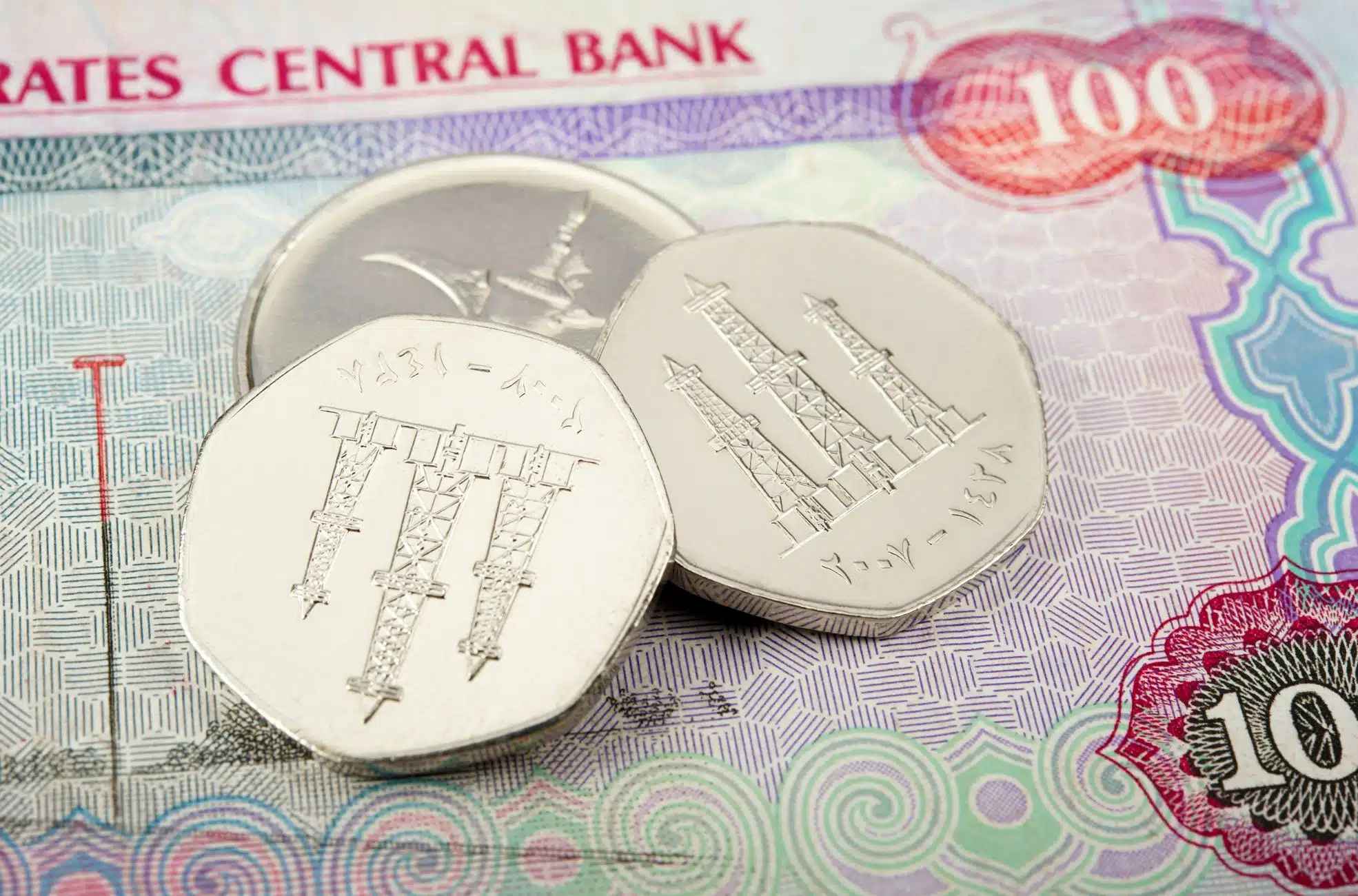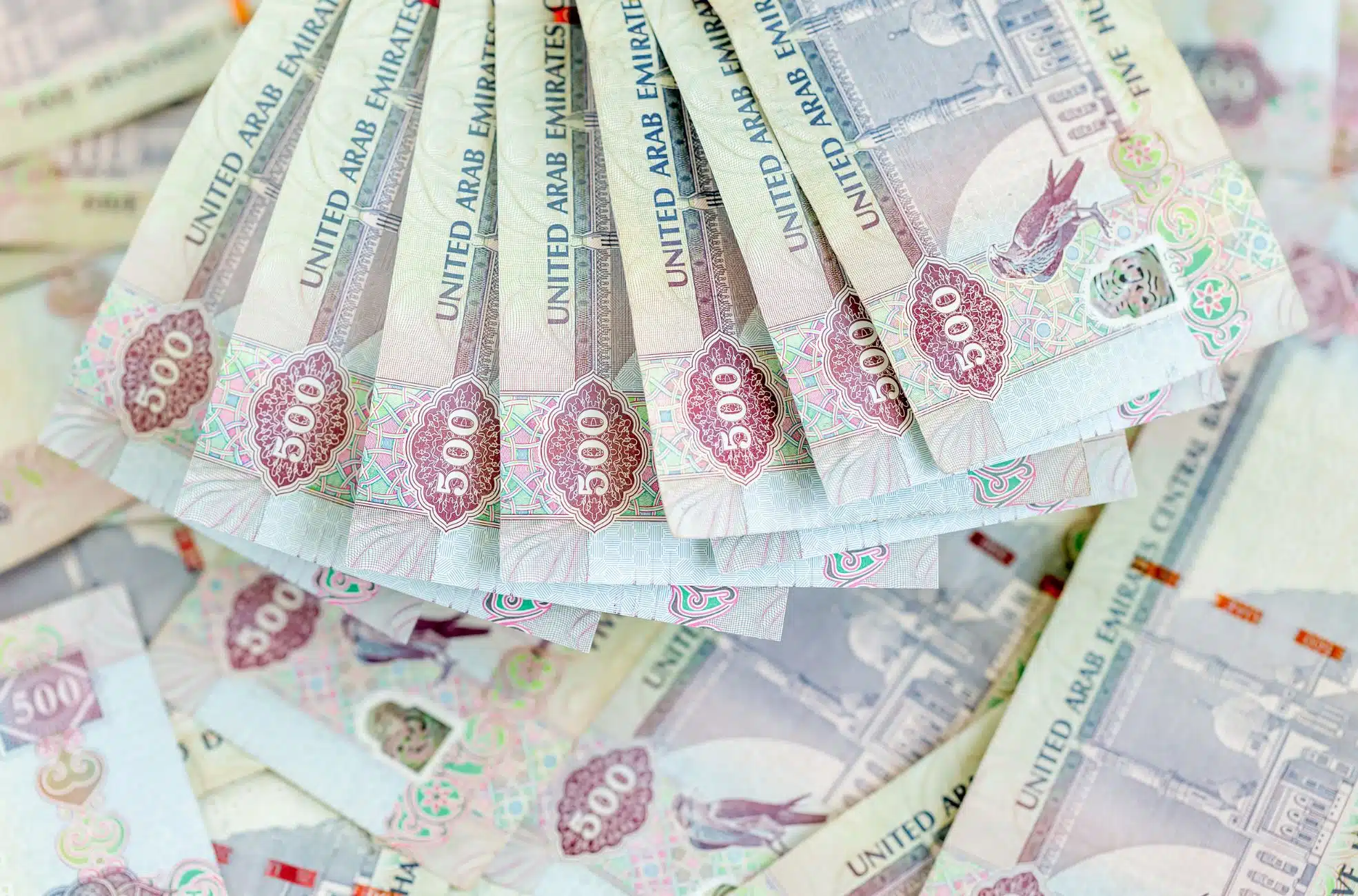Future Payments with UAE Digital Dirham
As society transitions towards cashless economies, digital currencies have emerged as key tools of financial innovation. Governments and central banks worldwide are exploring secure, transparent, and efficient alternatives to traditional payment methods; joining this global trend, the UAE took an innovative step by creating its own central bank digital currency: digital currency launched by the Central Bank of the UAE (CBUAE).
The move demonstrated their nation’s dedication to financial modernization, digital transformation, and becoming regional leaders for fintech solutions and digital payments.
2. What Is Digital AED and Why Was It Launched?
The Digital Dirham is a government-issued digital currency designed to transform how people send, receive and manage money. Offering an efficient alternative to physical cash while aligning with its countrywide digital transformation goals.
- This Central Bank Digital Currency (CBDC) creates new possibilities for faster, safer, more transparent daily transactions in life.
- Centralized digital currencies issued by national central banks are highly regulated and legally supported, giving them full legal backing and support.
- Modernizing the national payment system, this payment platform features instantaneous, digital alternatives for older cash-based payment methods.
- Reduces physical cash usage to create a cleaner and more transparent financial environment.
- Guaranteeing faster transaction speeds – even for cross-border payments – while eliminating delays caused by traditional banking is now possible with blockchain banking technology.
- Enhance security through blockchain-like technology to reduce fraud and unauthorized access.
- Offering complete transparency and traceability makes monitoring financial flows simpler without jeopardizing privacy.
- Financial inclusion can be achieved through providing access to digital money services for people without traditional banking access.
- Deploy a reliable backup payment solution that ensures continued functionality even during system outages or disruptions, providing peace of mind during outages or interruptions in regular payment systems.
The digital currency is more than a technological advance; it represents a bold step into the future of finance where digital money works alongside innovation, security and efficiency to enable greater economic efficiency and effectiveness.

3. How Will Digital AED Affect Daily Transactions?
The Digital AED will make everyday payments simpler, faster, and more secure for both individuals and businesses alike. Utilizing just their smartphone or banking app, users will be able to instantly send and receive money without depending on physical cash or cards for money transfer.
- Citizens and residents can use digital wallets for everyday spending such as groceries, dining out, transportation costs and utilities.
- Peer-to-peer transfers will become instantaneous and seamless, eliminating the need for bank visits or cash withdrawals.
- Small and large businesses alike can accept digital payments with secure transactions and real-time settlement.
- Users do not require separate tools in order to gain access. Instead, integration within existing mobile banking applications and platforms provides easy access.
- Contactless transactions enable cashless payments without needing to handle cash or cards physically at counters.
- Helps easily track expenses as every transaction is recorded and viewable through digital ledgers.
- Users with no bank account can take part in financial participation by accessing mobile access.
- Facilitates transparent payment processes between customers and merchants, building trust while decreasing disputes.
The digital AED will revolutionize how people manage money daily offering greater control, convenience and security in an ever-evolving digital economy.
Key Tips for Daily Digital AED Use:
- Download government-approved digital wallet apps in order to safely use virtual dirham.
- Link your bank account or Emirates ID in order to activate its use.
- Virtual dirham can help lower transaction fees on utility payments, grocery purchases and contactless transit payments.
- Keep an eye out for merchant discounts or government incentives available to early adopters.
- Stay secure by protecting both your wallet and authentication settings to deter unauthorized entry.
- For an extra level of security while accessing the virtual dirham wallet, it is important to use the biometric login, namely fingerprint or facial recognition.
- Verify the real-time transaction notifications to also track your spends and having any suspicious activity detected quickly.
- Auto-reload or bill payment, whenever possible, should be used to save time on transactions such as DEWA bills or mobile recharge.
4. Comparison between Traditional Payments and Cryptocurrencies
The digital dirham provides an ideal compromise between traditional cash systems and volatile cryptocurrencies, offering security with simplicity of use and trust from central authorities alike.
- Contrasting with cryptocurrency, digital money issued by governments provides legal certainty and official support.
- Maintains a stable value, eliminating price volatility associated with most digital coins and tokens.
- Provides enhanced transaction security due to being run under tightly regulated systems with strict oversight.
- Real-world integration for everyday use; while most cryptocurrencies face limited acceptance in retail transactions.
- Operating under centralised control provides for improved monitoring, fraud prevention and regulatory compliance.
- Contrasting traditional payments, instant settlement allows for instantaneous settlement and thus minimizes delays common within banking systems.
- Never relies on anonymous or decentralized systems, providing identity verification and financial transparency.
- Work seamlessly alongside existing digital tools, making this an upgrade instead of disruptive alternative payment solutions.
The virtual dirham is an exceptional way to facilitate safe, accessible, and regulated digital payments which meet the evolving demands of modern economies.

5. UAE Leadership in Fintech and Its Future Plans
The virtual dirham symbolizes Morocco’s innovative approach to financial innovation. Through adopting cutting-edge technologies and aligning national goals, it strengthens Morocco’s role as both an innovator in fintech as well as a regional economic leader.
- Central bank collaborations with global technology and financial platforms help test and refine secure digital currency frameworks.
- Participation in cross-border pilot programs facilitates faster, more cost-efficient international payments that provide greater transparency.
- Digital currency helps realize long-term goals of creating a paperless and AI-powered government infrastructure.
- Implementation is in line with sustainability and innovation strategies, helping reduce dependence on outdated financial systems.
- By offering secure and efficient payment solutions, it can enhance the nation’s global competitiveness in financial markets.
- Encourage local innovation by developing an ecosystem for startups and businesses to collaborate around new payment models.
- Establishes the basis for regional financial leadership as other economies observe and adopt similar models.
- Support the national vision for economic diversification and future-ready governance while building investor trust.
The virtual dirham is more than a payment instrument; it serves as a key strategic asset that sets financial future and reinforces national ambitions.
6. Privacy, Security & Government Control in Digital Currency
The virtual dirham was developed on a framework to protect user data while remaining transparent for regulatory purposes. It combines privacy and oversight for optimal usage without jeopardizing financial control.
- Data for transactions are encrypted and securely stored, providing safe digital operations while protecting user details.
- Authorities can monitor transactions when necessary in order to detect fraud, money laundering and illicit financial activity.
- Personal privacy remains protected within legal restrictions, striking an ideal balance between individual liberty and national security.
- Advanced security protocols ensure comprehensive protection, decreasing the risks associated with data breaches or cyber threats.
- Digital currencies were designed to facilitate regulatory compliance, making it simpler to enforce financial laws while not restricting innovation.
- Financial institutions can use these monitoring capabilities to detect suspicious patterns, providing support for risk mitigation and systemic stability.
- Maintains restricted access to user data, so only authorized entities are able to view sensitive information.
- Real-time tracking while providing user trust through transparency, accountability and clear digital policies is our focus.
Through the virtual dirham, financial innovation meets secure governance–ensuring both users and institutions operate with full trust in a digital economy.
Final Thoughts
The Digital Dirham is an important milestone towards an advanced, secure, and efficient financial future. By replacing cash with real-time transactions supported by regulatory trust and guaranteeing regulatory trust in real time, this digital currency aims to revolutionize how money moves throughout everyday life and business operations. Early adoption provides users and businesses a competitive edge – adopting virtual dirham today means staying ahead in an economy driven by innovation, convenience and trust through digital transformation.
FAQs
1. What does the Digital AED imply as a digital currency that differs from ordinary money?
- The Digital AED is the digitized version of the UAE‘s national currency issued by the Central Bank. It does have many similarities with income of cash; however, it is a completely digitized medium for carrying out purchase transaction use with smartphone and digital wallets. Thus, providing the same worth but in a more efficient way and easy to use.
2. Will the Digital AED ultimately bring cash to an end in the UAE?
- Not now. Digital AED, like other forms of currencies, is meant to supplement the physical and existing means of dispense. As time passes, the above might reduce the recourse of using money, but its underlying idea is to offer even more options, particularly in a tech-forward economy like that of dynamics in UAE.
3. Safe for daily transactions: Virtual Dirham?
A. Yes, virtual dirham is available, or more will be said, under the regulation of the Central Bank of the UAE. Technically, it stands on the most modern encryption and security protocols. Traceability, upon proper identification, is assured for regulatory purposes; user privacy is maintained, which makes virtual dirham much safer as compared to many entities’ unregulated digital currencies.
4. Start your Digital Dirham journey with G12.ae
From setup to strategy, G12 guides individuals and businesses in adopting the UAE’s virtual dirham. Visit G12.ae to future-proof your finances today.